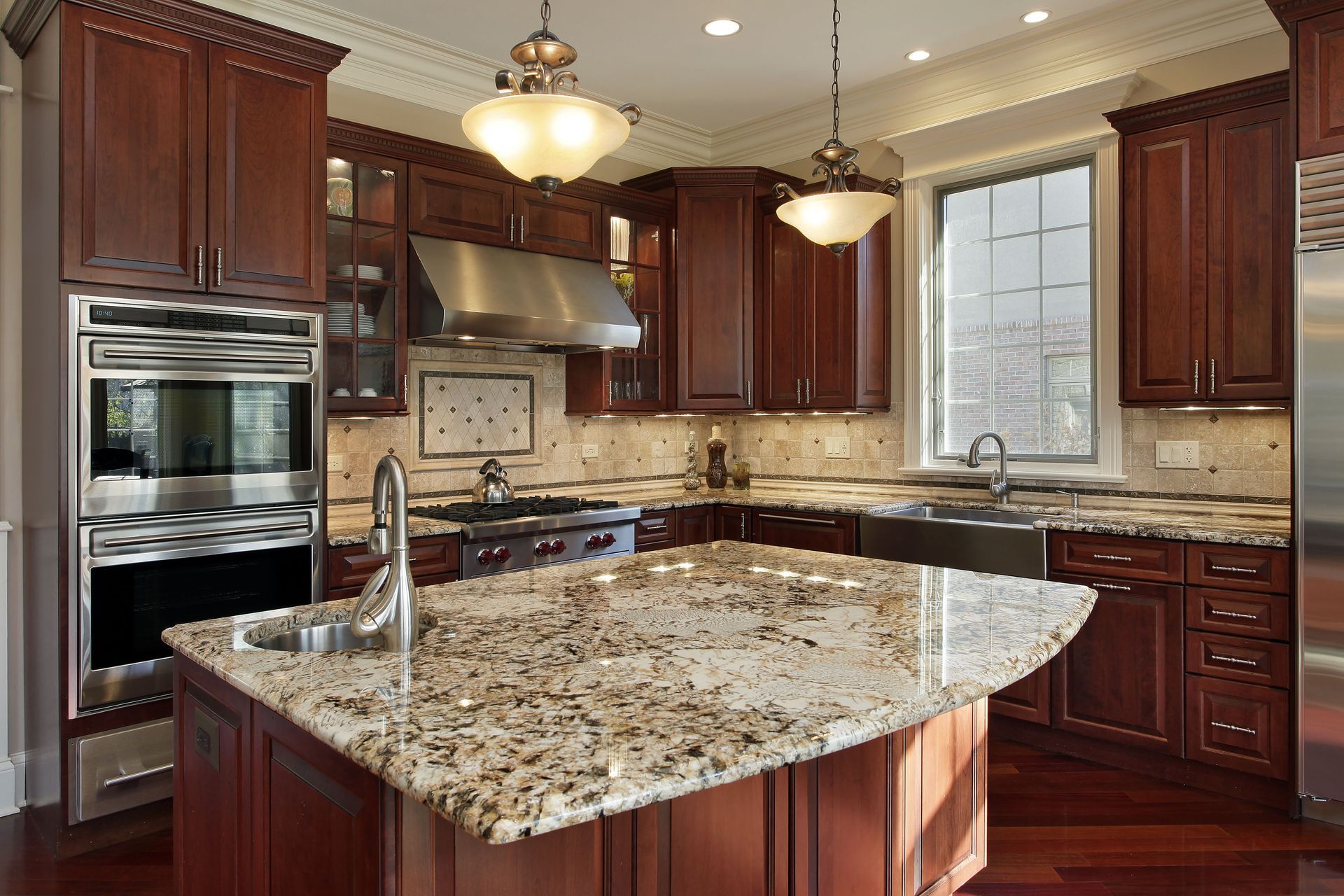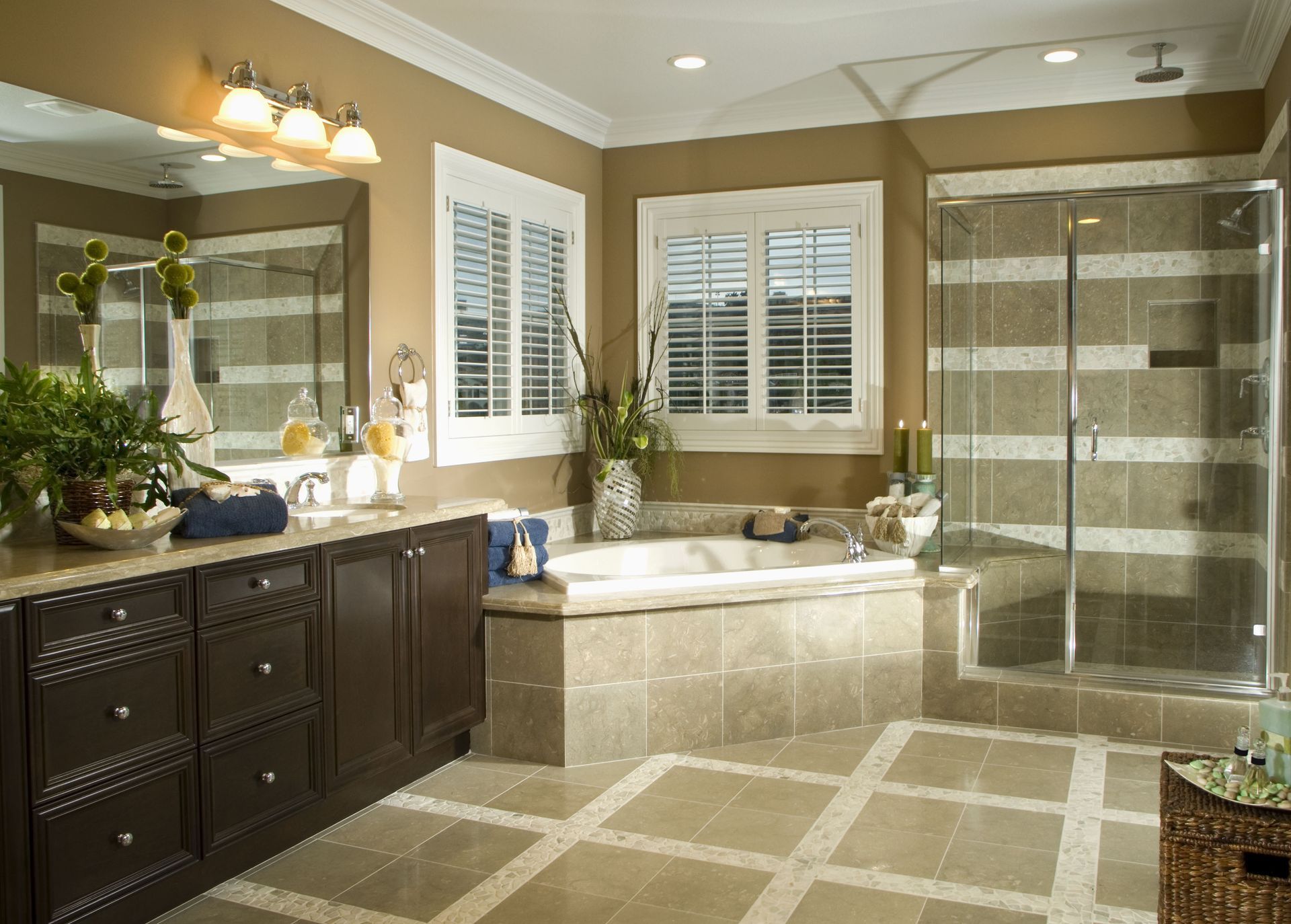October 7, 2025
When it comes to the heart of your home — the kitchen, laundry room, and utility spaces — appliances play a starring role. Whether you're dealing with a refrigerator, oven, dishwasher, washing machine, or dryer, knowing when to replace your appliances is a decision that involves more than just waiting until something breaks. Below is a guide to help homeowners decide when to upgrade your appliances, and how to make a smart, cost-effective transition.
Recognizing Declining Efficiency
Over time, even high-quality appliances begin to lose efficiency. A fridge may run more often to maintain temperature. A dishwasher may take longer or leave spots. A washer might vibrate or use more water. When you notice your electric or water bills creeping upward, even without a change in usage, that's often a signal. Modern appliances are engineered to be more energy- and water-efficient than those from a decade ago. So, if your utility bills are climbing and your appliances are aging, it may be time to consider an upgrade.
Another sign is that repairs are becoming more frequent. When you call a technician for the same appliance multiple times in a year — parts wear out, seals leak, motors strain — the repair costs begin to approach the cost of replacement. Rather than patching an old dryer again, you might redirect your investment into a new one with better performance and warranty support.
Gauging the Age of Your Appliances
Age is one of the most reliable indicators for knowing when to upgrade your appliances. Indeed, according to This Old House, properly maintained appliances should need to be replaced every nine to 20 years on average. Carving out where your appliance falls within that span gives you some leeway, but it also reminds you that nothing lasts forever. If your dishwasher is already 12 years old, or your range is approaching twenty, you should watch for signs of trouble more closely.
It helps to keep a record of installation or purchase dates for each major appliance. When your refrigerator, washer, or oven passes the midpoint of that nine-to-twenty-year window, consider ramping up inspections, maintenance, and replacement planning. You don't have to replace everything at once, but having that timeline helps you determine priorities.
Weighing Repair Versus Replacement
When an appliance fails or falters, you face a decision: repair or replace? To make that choice, compare the repair cost to a fraction of replacement cost. If repairing the unit would cost more than one-third to one-half of buying a new one, replacement is often the better value long term. That's especially true if the appliance is already old or has a history of breakdowns.
Also consider the reliability of future repairs. For older appliances, parts may become obsolete or expensive. Technicians may have to fabricate or source uncommon parts, which increases cost and wait time. In that situation, even a modest cost differential might lean you toward a new appliance rather than dragging out repair battles.
Evaluating Performance and Features
Even if your existing appliances still run, they might no longer deliver optimal performance. A refrigerator may struggle to hold cold food, a cooker may have uneven heating zones, or your washer may leave clothes too damp. If these performance issues influence your daily life — you find yourself doing extra cycles, manually adjusting settings, or "babysitting" appliances — it's a clear signal that an upgrade is overdue.
Newer appliances often include smarter features: better sensors, more precise temperature control, lower noise levels, WiFi connectivity, and more specialized cycles. If those features would meaningfully improve your convenience or efficiency, replacing older appliances becomes an investment in your quality of life — not just a cost.
Assessing Energy, Water, and Environmental Gains
One compelling reason to upgrade is the gain in energy and water efficiency. Aging appliances can eat up electricity and water, especially refrigerators, washers, and dishwashers. A newer model with ENERGY STAR or high-efficiency certification may cut your bills significantly. Over time, the savings on utilities can help offset the capital cost of a new appliance.
Further, newer appliances tend to be more environmentally responsible: better insulation, reduced water usage, more efficient motors, and more recyclable components. If you're aiming for a greener home footprint, replacing inefficient appliances helps you earn both financial and ecological returns.
Measuring Longevity Versus Risk
Every appliance has a tipping point — a time when the risk of major failure begins to exceed the value of maintaining it. Once an appliance is in its second decade of service, the probability of failure rises. You may not want to wait for a total breakdown, especially if the appliance is mission-critical (like your refrigerator or heating/ventilating system).
Assessing that risk means deciding how much downtime or inconvenience you're willing to tolerate. Having a fridge fail during peak summer or a washer break down mid-load can disrupt your life. Upgrading before major faults occur gives you control over timing, selection, and installation — rather than scrambling at the last minute.
Planning the Appliance Replacement Strategy
Once you decide it's time, plan your replacement strategy thoughtfully. First, prioritize which appliances to replace based on urgency, impact, and season. Perhaps your oldest dishwasher is most prone to leaks and is your top candidate. Maybe winter is coming, so upgrading a range or HVAC-related appliance takes precedence.
Next, prepare your space. Ensure that dimensions, water lines, electrical circuits, gas hookups, and ventilation are compatible with the new appliance. Sometimes, replacing an appliance opens up an opportunity to reconfigure layouts for better workflow. For example, replacing a narrow washer with a wider, higher-capacity model may require shifting plumbing or structural framing.
Don't rush selection. Compare models by efficiency, durability, warranty, brand reputation, and service support. Pay attention to features versus real need — a flashy control panel is great, but longevity and repairability often matter more than bells and whistles. Also consider long-term parts availability and whether the manufacturer supports servicing in your region.
Finally, budget for installation and disposal. New appliances often require professional hookups to ensure safety and code compliance. Also plan to responsibly dispose of or recycle the old appliances — many municipalities or retailers offer appliance haul-away or recycling services.
Timing Replacement to Minimize Disruption
You don't have to replace everything simultaneously. Staggering replacements helps spread cost and keeps disruption manageable. But try to time replacements before serious breakdowns or failure during high-need periods. For example, schedule the new refrigerator in late summer before peak food storage demands or the new washer before holiday laundry loads.
Also factor in seasonal sales and incentives. Appliance discounts, rebates, and tax credits often appear during holiday weekends, year-end clearances, or seasonal promotions. If your timing is flexible, you may save a few hundred dollars by aligning your purchase window with such events.
Anticipating Future Needs
When buying new appliances, think ahead. Will your household grow? Do you plan to entertain more or change your cooking habits? Future-proof your choices accordingly. For instance, if you expect more laundry volume later, a higher-capacity washer makes sense even if your needs are modest now. If you anticipate more frequent cooking or baking, an upgraded oven with advanced controls may pay dividends.
Also consider modular or adaptable appliances. Some newer designs allow for expansions or upgrades in parts or software down the road. That flexibility can extend the useful life of your investment, preventing needing full replacements too soon.
Monitoring After Installation
After installing new appliances, monitor their performance closely during the first few months. Check that they reach proper temperature ranges, run cycles on schedule, and interface correctly with your home systems. Keep records of any unusual behavior or early service calls, and retain warranties, manuals, and receipts. Well-maintained appliances tend to approach the upper end of their lifespan ranges.
Knowing when it's time to upgrade your appliances is a balance of age, performance, cost, and risk. By tracking declining efficiency, comparing repair versus replacement, and planning strategically, you can replace appliances proactively rather than reactively. This ensures that your home remains efficient, reliable, and enjoyable to live in. Upgrading appliances is not just a matter of convenience; it's a smart decision to optimize utility costs, reduce downtime, and maintain the value of your home. When your appliances start to fall behind, you'll be glad you planned ahead — and a well-timed upgrade can serve you for another decade or more. If you need new major appliances, contact Corning Building Co today.





